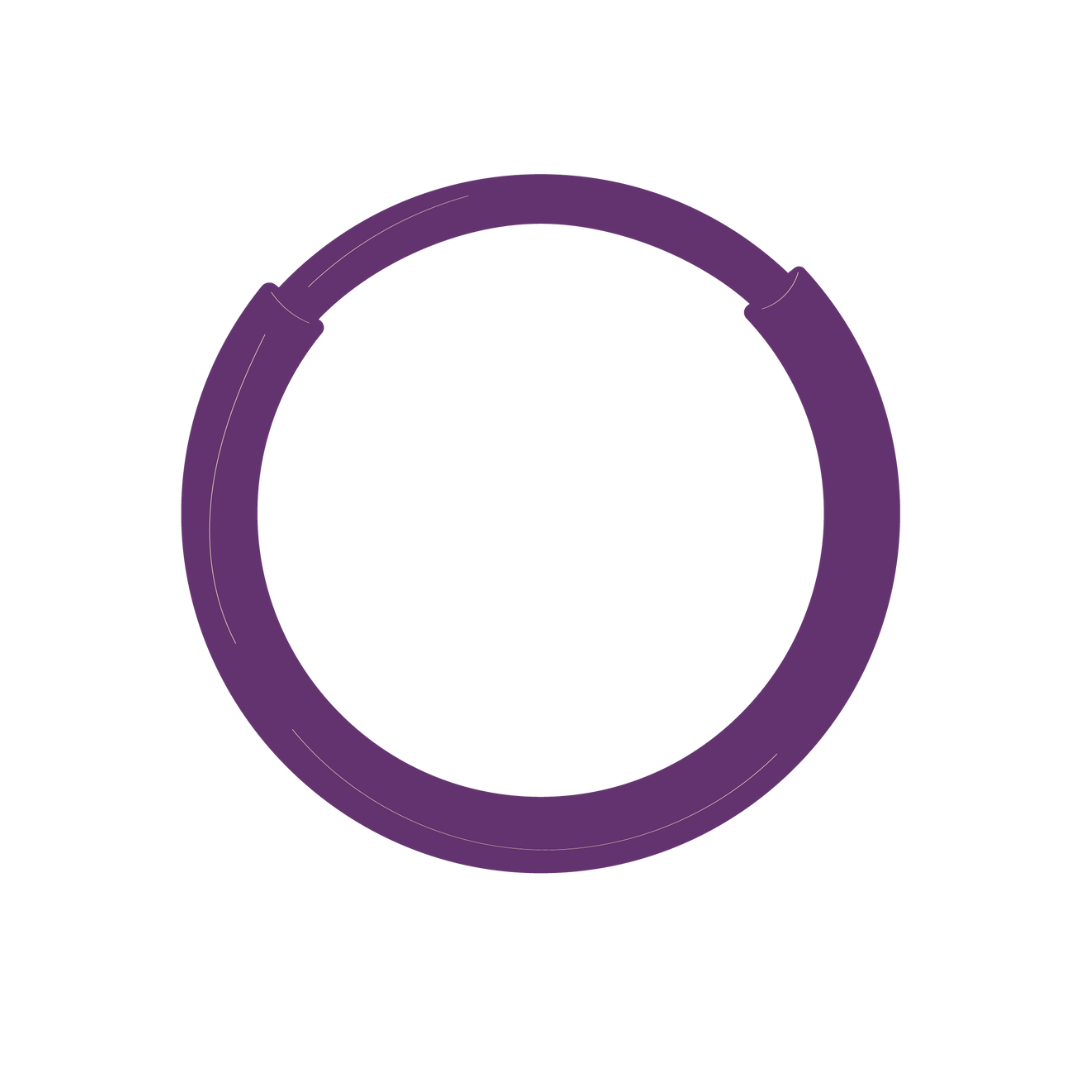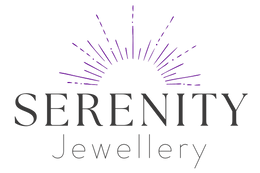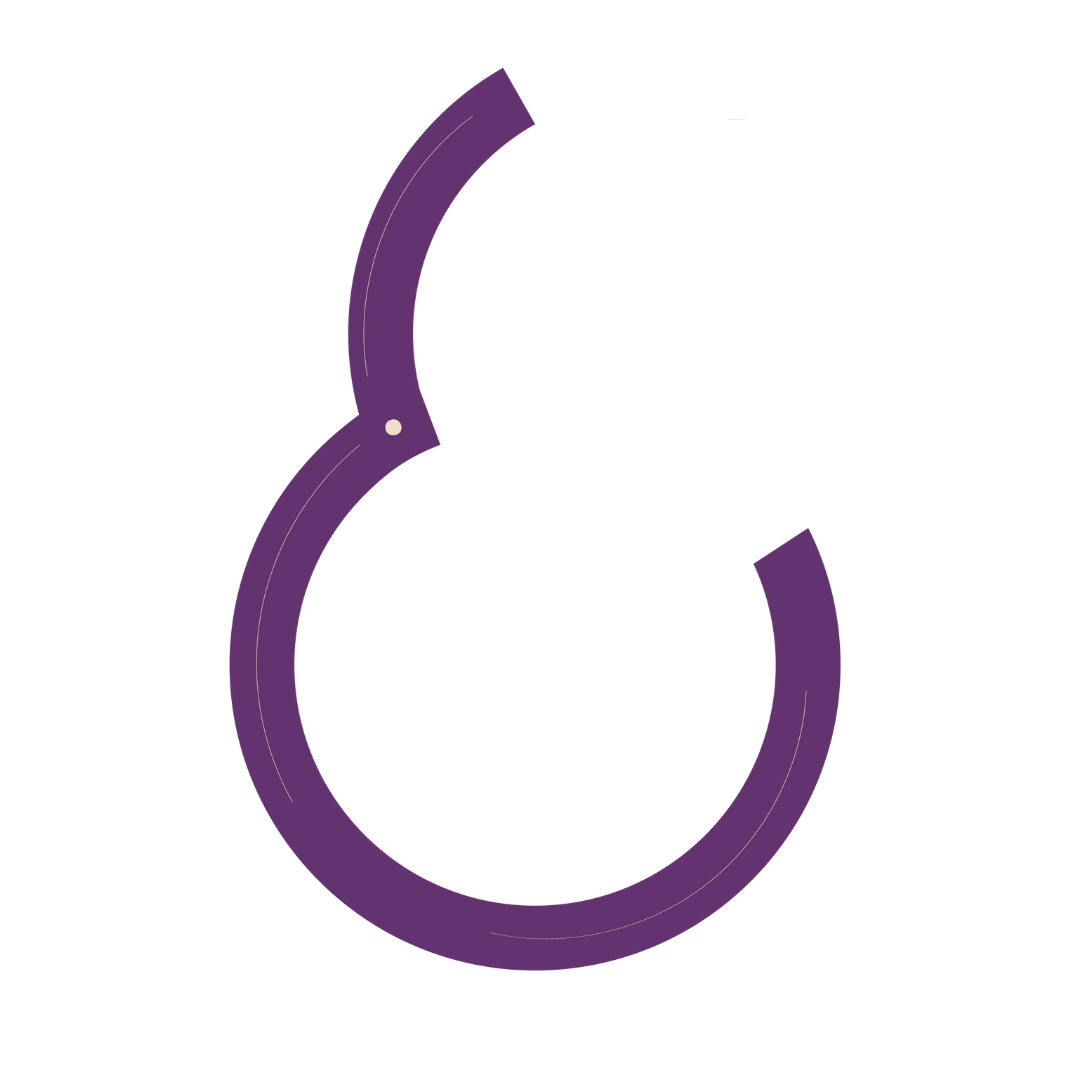Septum Piercing Guide

What is a septum piercing?
A septum piercing is a type of nose piercing that passes through the soft tissue that separates the nostrils, called the septum. It is typically located near the bottom of the septum, just above the cartilage that separates the nostrils. Septum piercings can be done with a needle or a piercing gun, and can accommodate a variety of jewellery types, such as captive bead rings, circular barbells, and horseshoe-shaped barbells.
TYPES
SEPTUM CLICKERS
A septum clicker is a specific type of jewellery designed for septum piercings. It is a hinged ring that "clicks" into place and stays securely in the septum. The clicker has a straight bar that goes through the septum and rests on the underside of the nose. The ring portion of the jewellery sits on the front of the septum and can have various decorative elements or gems.
SEGMENT RINGS
Segment rings, also known as seamless rings, are a type of jewellery that can be worn in a septum piercing. They have a small segment that is removable, which allows the jewellery to be opened and closed. Any front facing segment ring should be suitable for your septum piercing provided it is the right size.
CIRCULAR BARBELLS
A circular barbell is a curved bar with two small beads or balls at each end that fit snugly against the inside of the nostrils. They come in various sizes, materials, and designs, making them a versatile option for septum piercings. Circular barbells can be a good choice for those who want a more traditional or simple look for their septum piercing.
BCRS
A BCR (ball captive ring) is commonly used in a septum piercing. It is simply a ring with two small beads or balls, one on each end of the ring, which are held in place by pressure from the ring. BCRs come in different sizes and materials, and are often used as initial jewellery for septum piercings due to their versatility and ease to put in.
SIZES
SEPTUM PIERCING SIZES
The standard gauge for a septum piercing is 1.2 mm. The most commonly used diameter is 8mm, although it's important to note that every nose is unique and may require a different size for a comfortable fit. Whether you prefer a snug fit or a more noticeable septum piercing, there are a variety of sizes to choose from.
10% OFF FIRST ORDER CODE: FIRSTORDER
★ ★ ★ ★ ★
"This is the second lot I've bought, and due to getting more piercings I've had to come back for more! I can wear these for months at a time and my ears don't react. Really good value for money"
- Lois Alexander
★ ★ ★ ★ ★
"The earrings I purchased as alway lovely and no allergic reactions which I seem to have find when I purchase earrings from the high street. I strongly recommend Serenity for their swift service, great quality products and. reasonable prices!"
- Aynur Badreldin
The healing process for a septum piercing can vary from person to person. On average, it takes around two to three months for the piercing to heal completely. However, it is crucial to follow proper aftercare procedures and avoid changing the jewellery before it has fully healed.
Septum piercings can cause discomfort and pain during the piercing process, but the level of pain experienced can vary from person to person. Some people report feeling a sharp pain, while others describe it as a dull ache. However, many people find that the pain is short-lived and subsides quickly after the piercing is done.
-
Wash your hands thoroughly with soap and water.
-
Mix a solution of 1/4 teaspoon of non-iodized sea salt and 8 ounces of warm water in a clean cup or bowl.
-
Dip a clean cotton ball or gauze pad into the salt solution and gently clean around the piercing, making sure to remove any crust or debris.
-
Rinse the piercing with warm water to remove any salt residue.
-
Dry the area with a clean paper towel or let it air dry.
-
Do not touch the piercing or rotate the jewellery.
-
Repeat this process twice a day or as recommended by your piercer.
It's important to avoid using harsh chemicals or alcohol-based products on your piercing as they can irritate and delay the healing process. If you experience any redness, swelling, or discharge, contact your piercer or a healthcare professional for advice.
It is generally recommended to wait for 3-4 months before changing a nose piercing for the first time. During this time, the piercing is still healing and changing the jewellery too soon can cause irritation, inflammation, and delay the healing process.
At Serenity Jewellery, we have been selling jewellery online for over 20 year, and are known for our huge selection of alternative and hypoallergenic jewellery.
We know how uncomfortable earrings can be to wear, especially cartilage earrings, so we only sell jewellery that is made from hypoallergenic materials, meaning you can wear it 24/7 comfortably.
Also, because we never use plated jewellery, all of our jewellery is tarnish-free and waterproof, so you don't have to worry about taking it off when showering or working out/ swimming without it going green or tarnishing.
Unlike other jewellery companies, we accept returns even if you have worn them, for up to 60 days. So you can shop in confidence, knowing if you buy the wrong item or it is uncomfortable to wear for any reason, we can help you find the right alternative or give you a refund for the jewellery.
-
Wash your hands thoroughly with soap and warm water.
-
Carefully remove any existing jewellery from your nose.
-
Hold the nose ring between your thumb and forefinger.
-
Insert the curved part of the nose ring into the piercing hole, with the straight end going through the other side of your nostril.
-
Use your fingers to gently twist the nose ring until the small ball or ornament is resting inside your nostril.
-
Adjust the nose ring as necessary to ensure it is straight and comfortable.
-
Wash the area around your nose piercing with a saline solution or a mild soap and water.
It is important to be gentle when putting in a nose ring, as the piercing site can be sensitive and easily irritated. If you experience any discomfort or resistance while inserting the nose ring, stop and consult with a professional piercer.
-
Wash your hands thoroughly with soap and water before touching your nose ring. This helps to prevent the spread of bacteria and reduces the risk of infection.
-
Use your fingers to gently twist the ring in a clockwise or counterclockwise direction. This helps to loosen the ring and make it easier to remove.
-
If the ring doesn't come out easily, use a pair of sterilized pliers or forceps to gently grip the ring and twist it in the opposite direction. Be gentle and avoid pulling or tugging on the ring.
-
Once the ring is loose, gently slide it out of your piercing hole. If the ring is difficult to remove, stop and seek professional help from a piercer or healthcare provider.
-
After removing the ring, clean the area around your piercing with a saline solution or antiseptic wipe to prevent infection.



